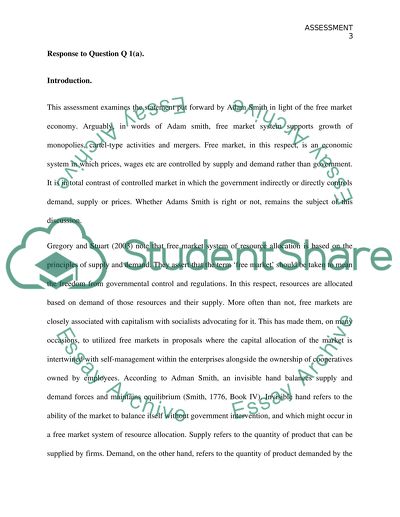Cite this document
(“Free Market Economy Research Paper Example | Topics and Well Written Essays - 3000 words”, n.d.)
Free Market Economy Research Paper Example | Topics and Well Written Essays - 3000 words. Retrieved from https://studentshare.org/marketing/1400664-free-market-economy
Free Market Economy Research Paper Example | Topics and Well Written Essays - 3000 words. Retrieved from https://studentshare.org/marketing/1400664-free-market-economy
(Free Market Economy Research Paper Example | Topics and Well Written Essays - 3000 Words)
Free Market Economy Research Paper Example | Topics and Well Written Essays - 3000 Words. https://studentshare.org/marketing/1400664-free-market-economy.
Free Market Economy Research Paper Example | Topics and Well Written Essays - 3000 Words. https://studentshare.org/marketing/1400664-free-market-economy.
“Free Market Economy Research Paper Example | Topics and Well Written Essays - 3000 Words”, n.d. https://studentshare.org/marketing/1400664-free-market-economy.


